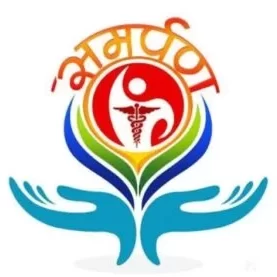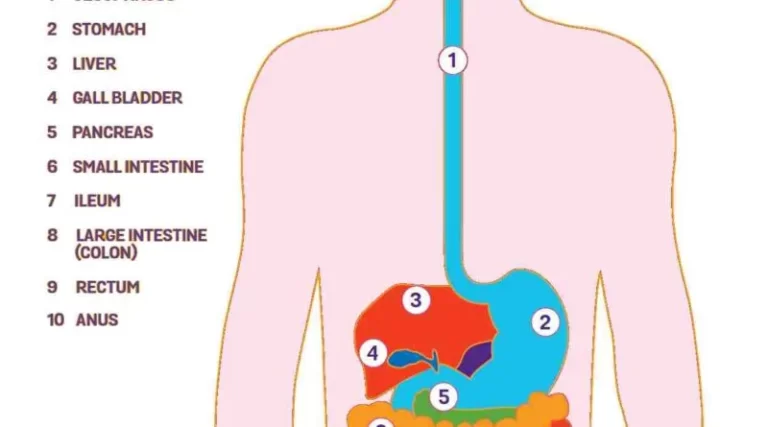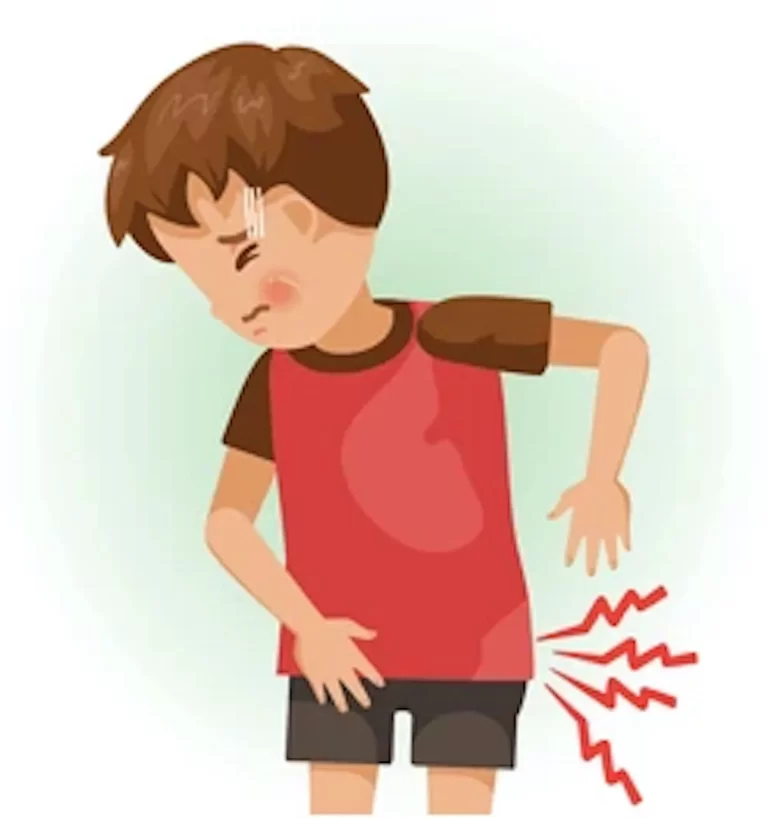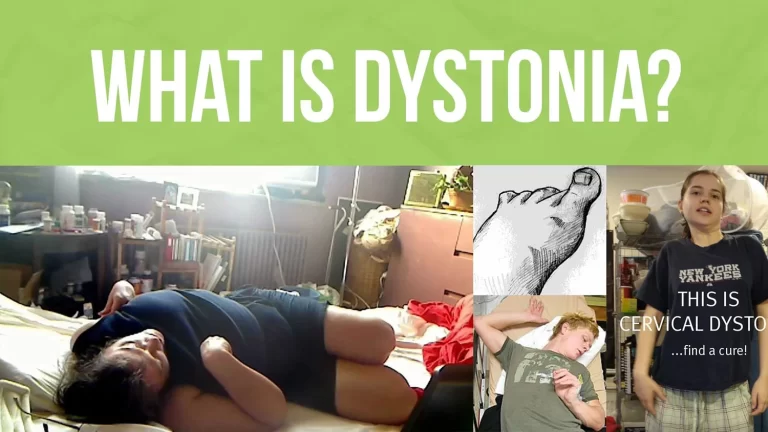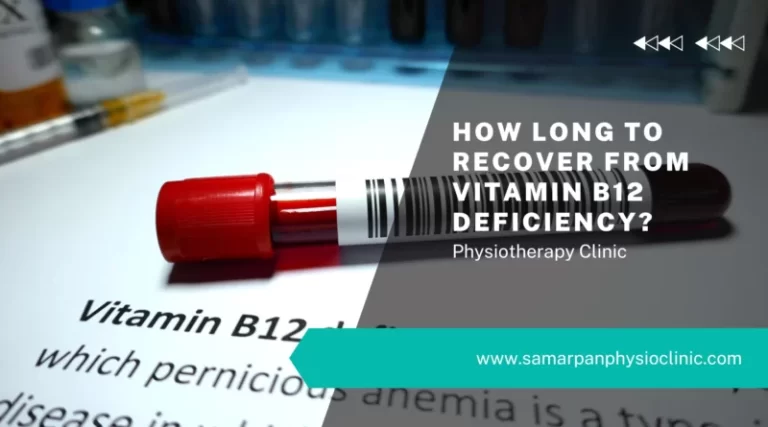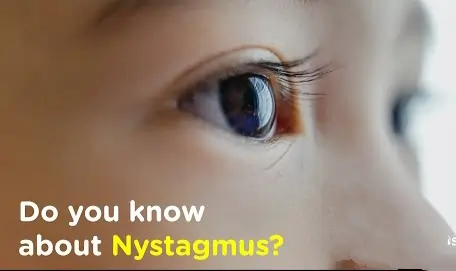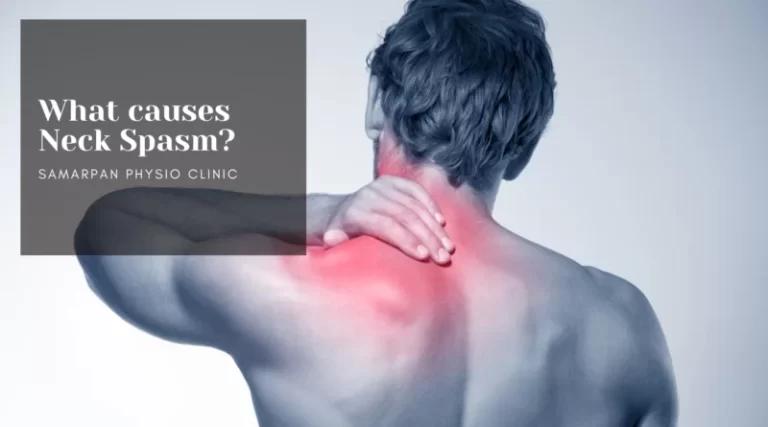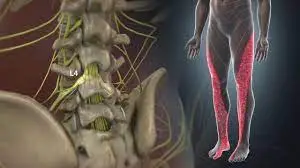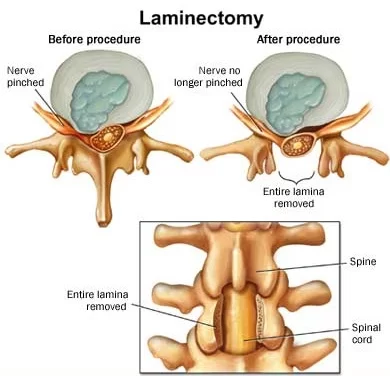Digestive System
Introduction The human digestive system consists of the gastrointestinal tract including the accessory organs of digestion (the tongue, salivary glands, pancreas, liver, and gallbladder). Digestion involves the breakdown of food into smaller and smaller components until they can be absorbed & assimilated into the body. The process of digestion is classified into three stages: 1….
